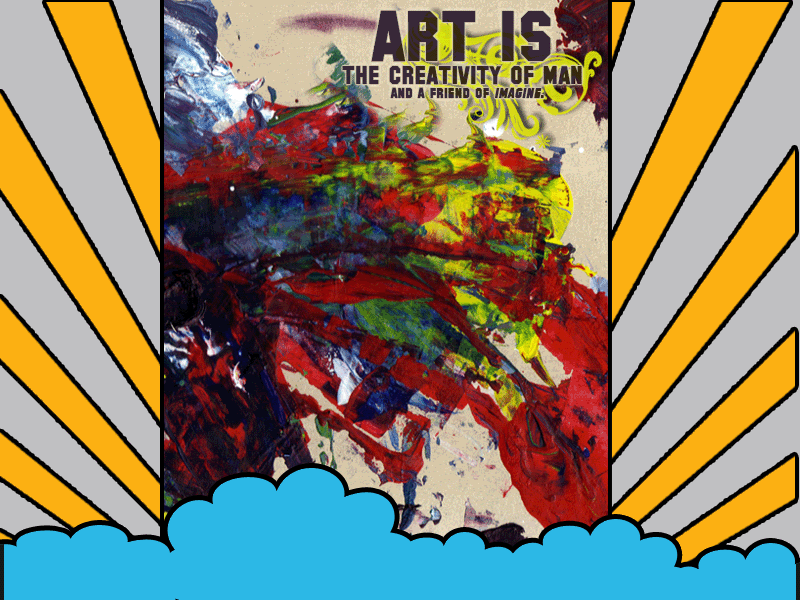♥ Tuesday, June 17, 2014 ♥
Kolam is floor drawings made of coloured flour and are used for ornamental or ceremonial design during Indian festivities. It is a symbol of auspiciousness. It is believed that the geometrical patterns and designs applied using rice flour at the entrance to a home is an invitation to the Goddess Lakshmi into the household and drives away the evil spirits. Not only that, it also adds aesthetic value to the Hindu home. It is mostly a South Indian tradition that is widely practised in Tamilnadu. In different parts of India, Kolams are known by different names.
Rice flour is being used as the Hindu want to provide food for the ants and other small insects. This is an act of charity that is mentioned in the Hindu scriptures. Nowadays, finely ground white stone powder is used instead, as it is easier to apply and the Kolams are brighter and well finished. Sometimes, rice flour is also mixed with ground stone powder to be used to draw the Kolam. On special occasion and pooja days, Kaavi is applied to the Kolam as an outline. The symmetry of Kolam was of the key importance as it denotes the universal balance or the Hindu aspect of Shiva-Shakti.
Ever wondered why Kolam is not easily rubbed off in places where there is great gathering of people and movement? This is because rice paste made by mixing rice flour with little water is being used to apply Kolams. This is especially applied in temples and wedding halls .
There are several types of Kolam designs such as:

Line Kolams are the free hand drawings of lines to make a geometrical pattern.
Pulli Kolams are dots that are arranged in a specific sequence and order to make pictorial designs.
y11:14 AMy


